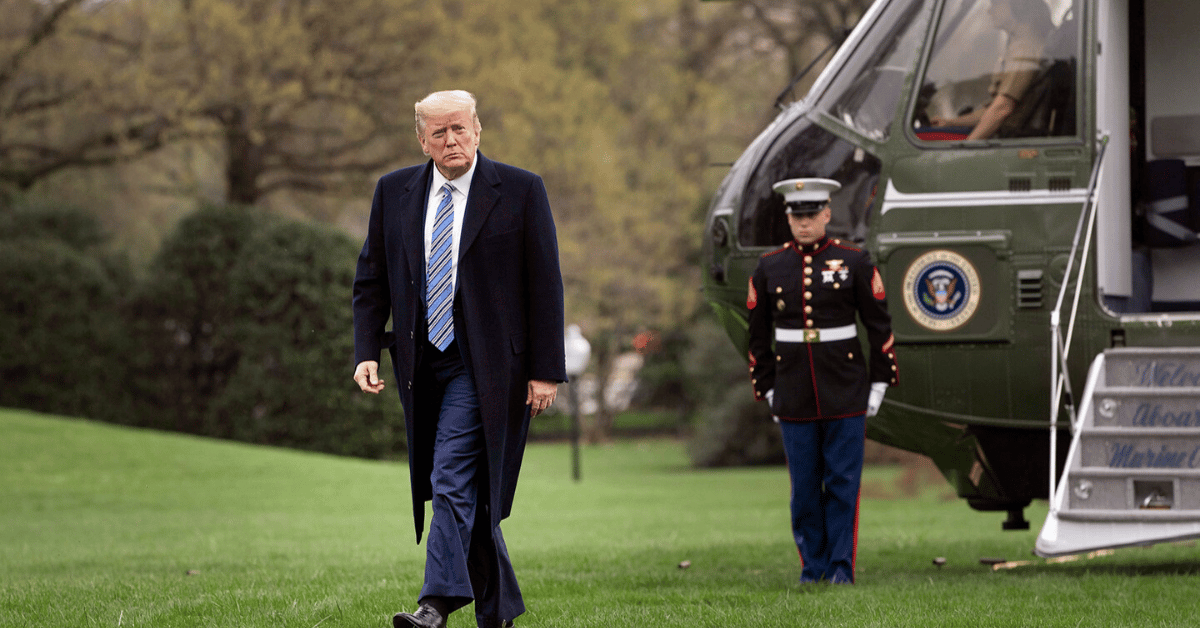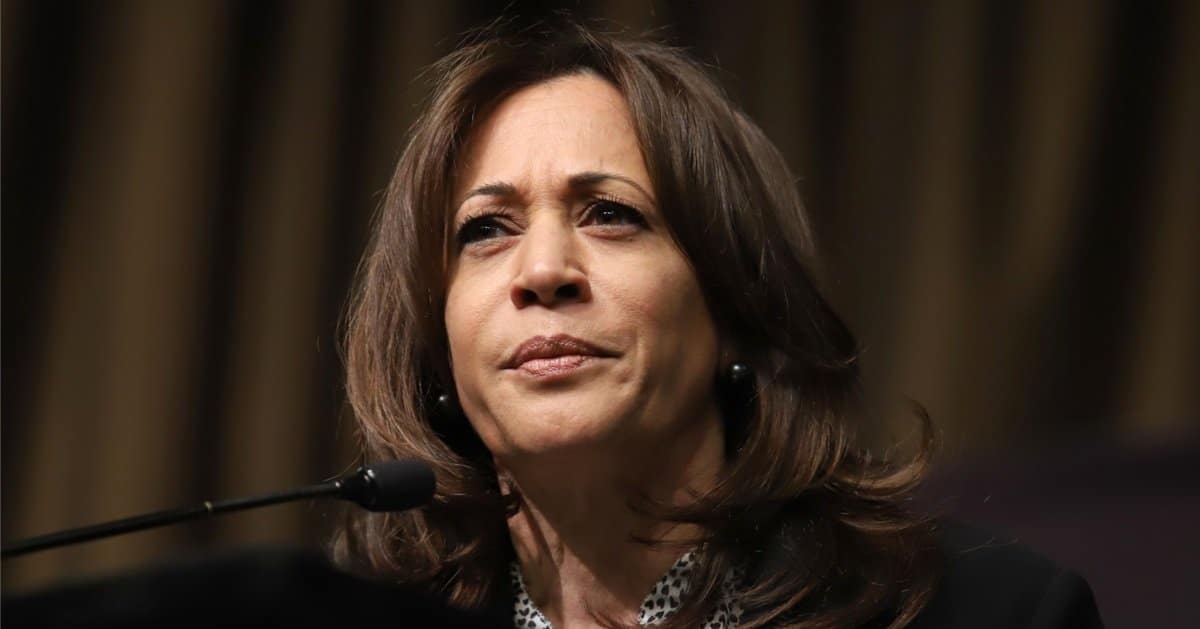

President Donald Trump took a bold step in international nomenclature by signing a proclamation aboard Air Force One as it flew over the Gulf of Mexico, which he recently sought to rename the Gulf of America.
The Washington Times reported that the signing event was timed with his travels to New Orleans for the Super Bowl, set to intertwine this political move with a major sporting event. President Trump declared "Gulf of America Day" while flying over the body of water he proposed to rename.
On Sunday, President Trump formalized this new day by signing a proclamation on board the presidential aircraft.
The event marked a significant attempt by Trump to redefine not only geographical names but also the symbolic nature of America's engagement with its southern territorial waters.
The backdrop to this decision followed his recent announcement in favor of changing the name of the Gulf of Mexico to the Gulf of America.
This executive order met varying degrees of acceptance and controversy, yet the administration proceeded with its plans. The President expressed confidence that this renaming endeavor had received positive reception.
Recounting the moment of signing, Trump was quoted, expressing that this was "even bigger than the Super Bowl," emphasizing the symbolic importance of the move. The proclamation occurred as the aircraft reached a historic point over the waters that have been crucial in international trade and diplomacy.
Trump also took a moment to acknowledge the pilot's announcement over the loudspeaker. As the plane entered international waters, the pilot declared this juncture with the now internationally recognized name, lending an air of historic significance to the flight path and the event itself.
While describing the signing aboard Air Force One, Trump said, "We are flying right over it right now," making clear his rationale for choosing this moment to commemorate the Gulf's new moniker. His commentary reflects not just a geographical change but perhaps an ideological one as well, aiming to assert American prominence over the region.
The timing of the proclamation with his journey to the Super Bowl hints at a coordinated attempt to link cultural narratives–sport and patriotism.
For many, such a move ties the country's cultural events with its political ideology in an unprecedented fashion. As Super Bowl draws myriad viewers, it becomes a fitting stage for hosting this narrative.
There were mix reactions to the proclamation ceremony from entities across the political spectrum. While Trump advocated for the acceptance of the change, claiming broad approval, critics argue about its practical implications and the international response such a decision might trigger.
Air Force One served as the platform for this move, further highlighting its role as more than just transport but a symbol of national authority and policy making.
From policy to proclamation, Trump's decision underscores the strategic use of every opportunity to reinforce his agenda.
Criticism or support aside, the signing over the Gulf adds another layer to the administration's attempts to influence national narratives by adjusting symbolic aspects of geopolitics.
This proclamation not only captivates the imagination but forces discourse on the very nature of such sweeping symbolic changes.
The flight over these waters symbolizes America under Trump's banner, stretching beyond mere physical borders to encapsulate an idea larger than itself. As he ventured to celebrate one of the nation's most popular sporting events, this renaming serves as a juxtaposition of celebration and governance.
As the Gulf of America narrative unfolds, its broader historical impact, both domestically and internationally, will become a subject of study. The junction of executive decision-making with the symbolic renaming of historic spaces sets a tone for how future administrations might approach similar actions.



